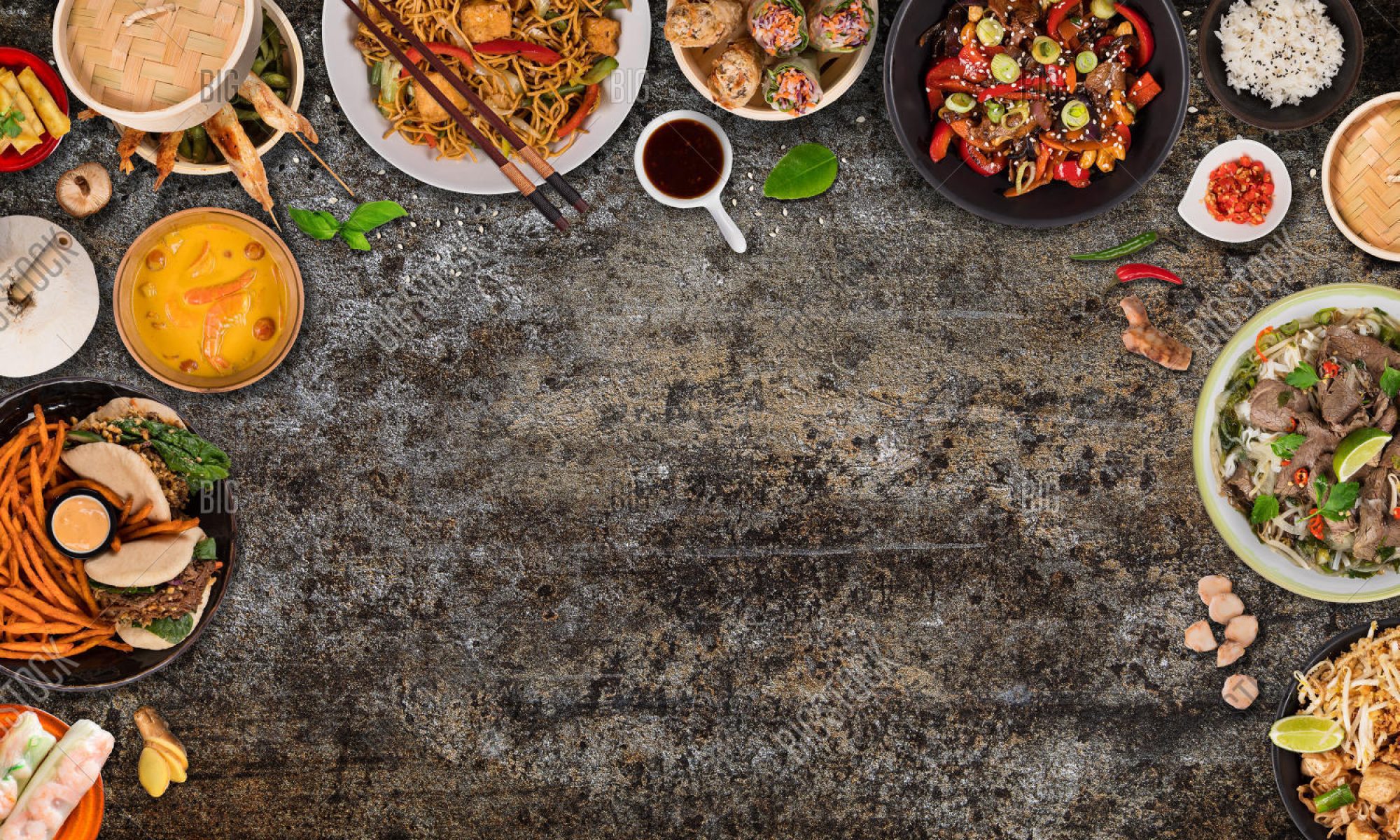My knowledge on the Raramuri was limited to none when I first started reading the blog lecture on this indigenous group. That is until it was translated to the “Tarahumara”. The Tarahumara on the other hand, is a term I have come across various times throughout my visits to Mexico and interactions I’ve had with family who give anecdotes on their experience/ interactions with this group. From all the (limited) but accumulated knowledge of the Raramuri, I had come to know them as a group with impressive running skills. The most impressive factor however, is how their running abilities are deeply rooted in their interactions with nature.
Although I had previous knowledge of the Raramuri and their association with running, I did not consider the depth in which running was embedded in their knowledge systems and foodways. It was interesting to learn that the Raramuri “literally ran their prey to death” despite not being huge meat consumers. Their running capabilities stem from the development of persistence hunting, which means they relied on their endurance in order to come home with a successful hunt that will feed their families. Because the Raramuri fled to remote mountains escaping the influences of colonialism, certain modern technology such as concrete roads haven’t made advancements in the area; as a result, the Raramuri run on dirt trails and continue to be more adapted to natural than industrialized routes.
The effects of globalism and capitalism on the Raramuri group are highlighted in terms of how their running skills have been noticed and adapted as a model for casual and professional athletes around the world. The Raramuri have become global icons for their incredible speed and endurance and have captured the attention from famous sportive brands such as Nike.
Nike has attempted to sponsor individuals from the Raramuri group as ambassadors of a new running shoe, whose design was inspired by the Raramuri running skills. The most fascinating aspect of this concept however, is that the Raramuri rejected the offer because the running shoe interfered with their ability to run rather than enhance it- which ironically is what Nike advertised the running shoe would do to young athletes. From a young age, we have been fed subtle ideas of consumerism, introducing us to a culture that values having “indoor and outdoor” shoes in primary school, to having different styles of shoes for a variety of sports. To more westernized cultures, the idea of owning a pair of running shoes is normalized. In fact, it is deemed a “necessity” that sells the concept that a running shoe will not only improve your running ability, but will also help you “lose weight” or “make you faster”. Ironically, the Raramuri view the running shoe as an unnecessary feature that actually impedes on their running ability. It is interesting to note how consumerism has influenced us to believe that we need the running shoe in order to achieve a higher degree of athleticism, when in reality it is a distortion of facts sold to us by the nature of capitalism.
This blog lecture along with the discussion we had earlier this morning really highlighted how Indigenous groups can still be deeply in touch with their cultures and in many ways, rejects lies that us, living in capitalist influenced cultures, believe into everyday.
